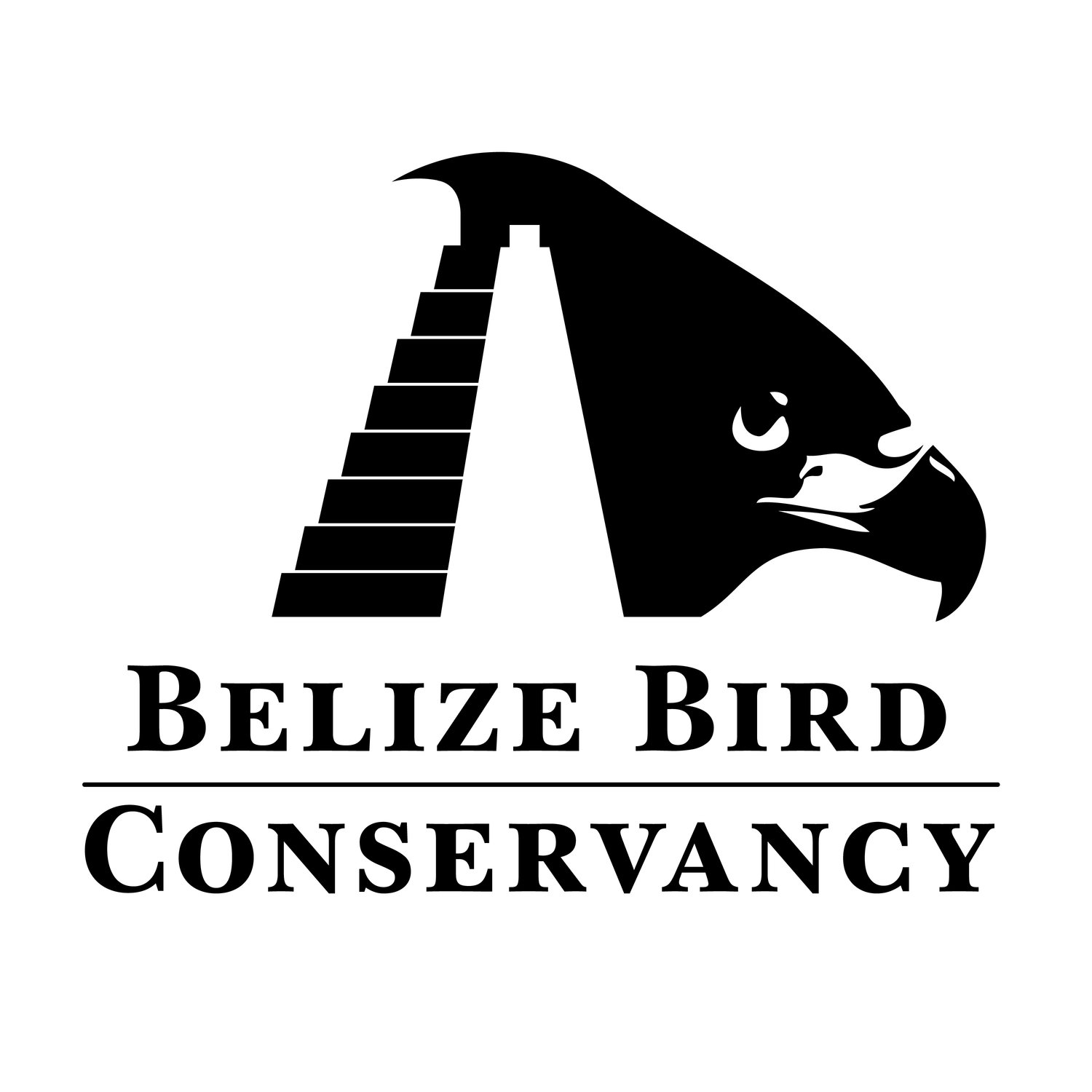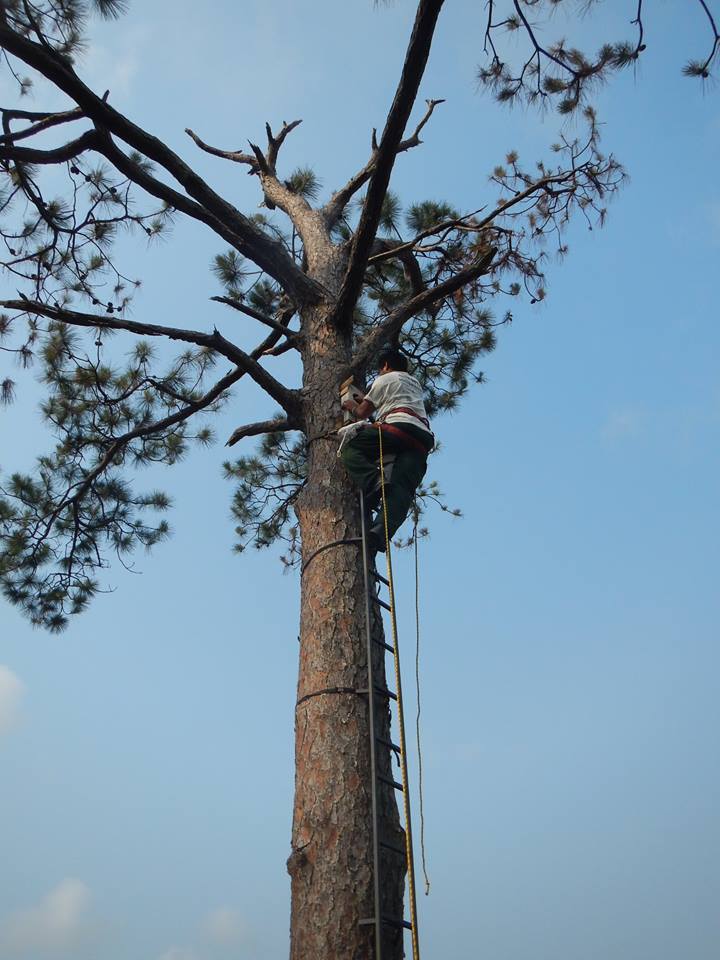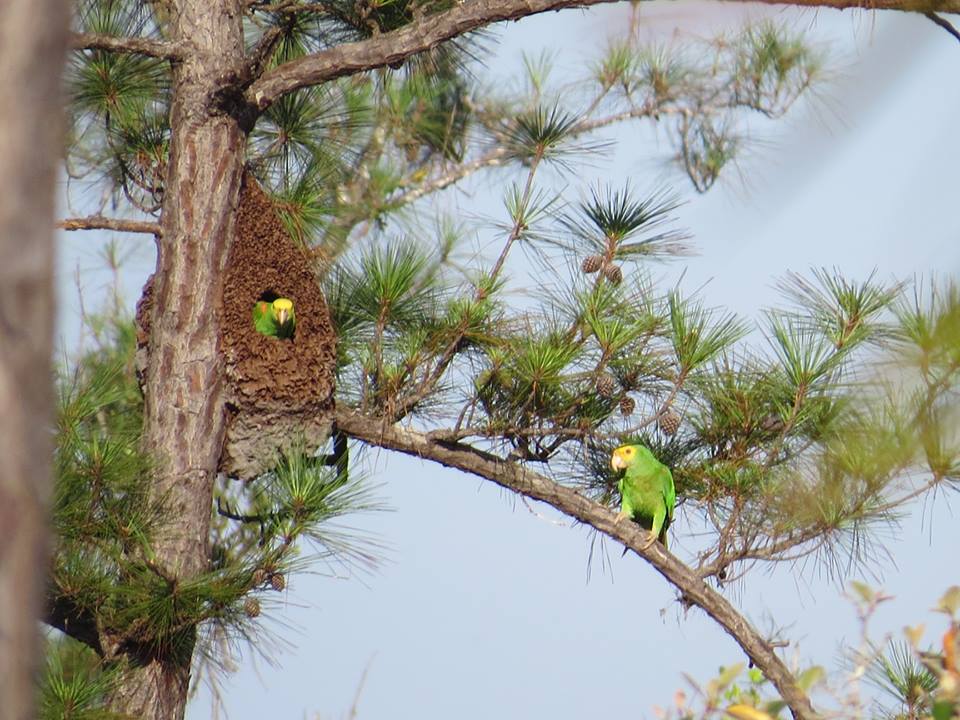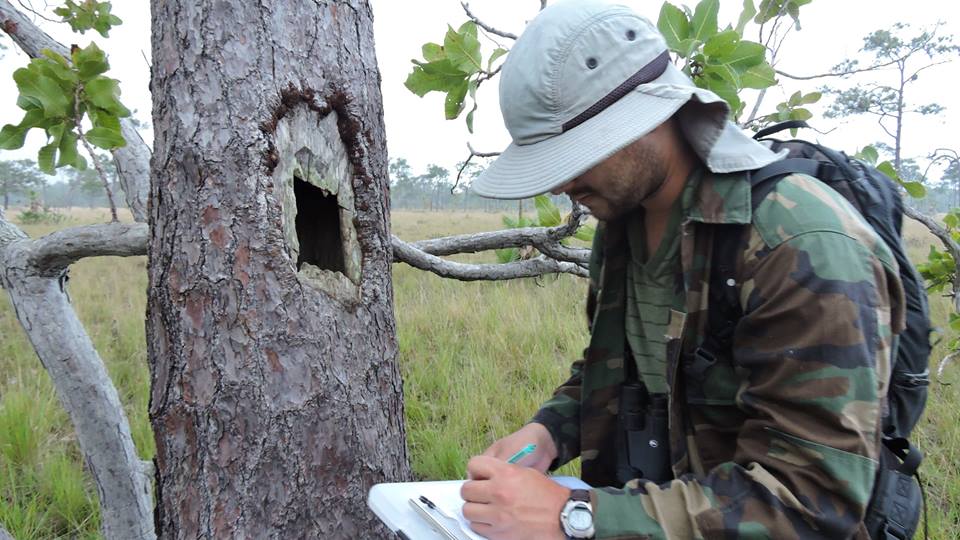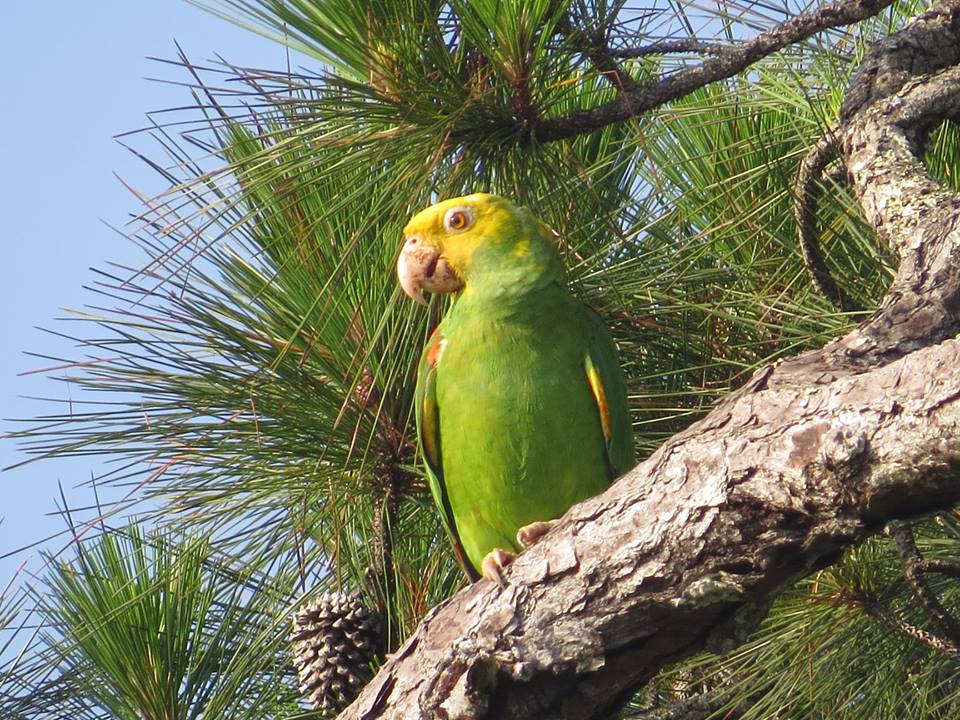yellow-headed parrot project
Global Distribution
The distribution of the species includes Mexico, Belize, Guatemala, and Honduras.
Distribution in Belize
The distribution of the race Amazona oratrix belizensis is primarily restricted to the lowland and coastal pine savannas found throughout Belize. However, individuals fly daily into nearby tall, humid forests in order to feed. From the examination of eBird data, there are reports of Yellow-headed Parrots from every district except Corozal District. For Cayo District, there are only two reports. These occurred at Blancaneaux Lodge located on the Mountain Pine Ridge Forest Reserve. Most occurrences are within or adjacent to dense or open pine savanna ecosystems and ecotonal areas.
Threats to survival
The Yellow-headed Parrot (Amazona oratrix) is an IUCN Red-listed species and is considered in endanger of extinction across its range. In 1994, there was an estimated 7,000 individuals remaining in the wild; 4,700 were considered mature. A range-wide decline was judged to be approximately 90% from the 1970’s. In addition to habitat loss, the yellow-headed parrot is the most highly valued Amazon parrot in trade because of its attractive plumage and ability to imitate human speech. The coastal pine savannas in Belize have experienced annual illegal fires that likely reduce the presence of natural cavities in dead pines and reduce overall recruitment of pines.
What we are doing to help that species
After establishing the Belize Yellow-headed Parrot Working Group with our collaborating partners, we began to build upon work currently being conducted by TIDE, PfB, and BBR. We assisted TIDE and PfB through the work of Drs. LoraKim Joyner and Isabelle Paquet-Durand (BWRC) to assess the health of chicks at Payne’s Creek National Park and Rio Bravo Conservation and Management Area. Chicks at risk of poaching or health issues were captive raised at BBR for soft release at the respective protected area. This program grew and eventually we formed the working group to begin assessing and protecting the birds across the country. We developed a national monitoring protocol in 2016 for Environmental Research Institute as part of the National Biodiversity Monitoring Program. This will guide standardized monitoring of the species in the future. In collaboration with TIDE, PfB, TBZ, BAS, and FD we are currently working to estimate the population across the country using distance sampling techniques. This effort is largely funded by generous grant from Loro Parque Fundación. We are also actively searching for large roost sites to estimate population productivity and long term monitoring trends. In addition, we are currently working with PfB and TIDE to monitor known nests in their respective protected areas and are working with our partners to expands nest monitoring and protection to other core areas in Belize.
Future work with the species
In future years we plan to establish effective nest protection efforts across Belize, both within and outside of current protected areas. This will require more effective management within and adjacent to critical breeding habitat. In order to achieve this, we will need to focus on education, increased protection, and policy development. In addition, we will assist with long term monitoring of roost sites to track population productivity and overall abundance trends.
Collaborating Institutions
Belize Audubon Society
Belize Bird Rescue
Belize Wildlife and Referral Clinic
Environmental Research Institute
Belize Forest Department
Hagen Avicultural Research Institute
Loro Parque Fundación
Programme for Belize
The Belize Zoo
Toledo Institute for Development and Environment
Ya'axché Conservation Trust
Publications
Yellow-headed Parrot Belize Protocols
